18 Mind-Boggling Reasons Your Knees Are Yelling 'Ouch!'
Knee pain affects people of all ages and can stem from issues within the joint itself or the surrounding soft tissues. Common symptoms include swelling, stiffness, and joint instability, along with popping or crunching sounds during movement. In more severe cases, individuals may struggle to bend or straighten their knee or find it impossible to bear weight on the affected leg. Doctors diagnose knee pain through a physical examination and, if necessary, imaging tests. Fortunately, a variety of treatment options exist, from over-the-counter pain relievers and prescription anti-inflammatories to injectable corticosteroids and physical therapy. However, the best approach to knee pain relief depends on its underlying cause. We’ve expanded our list to cover 18 major causes of knee pain—read on to learn what might be behind your discomfort and how to address it.
1. Dislocated Kneecap
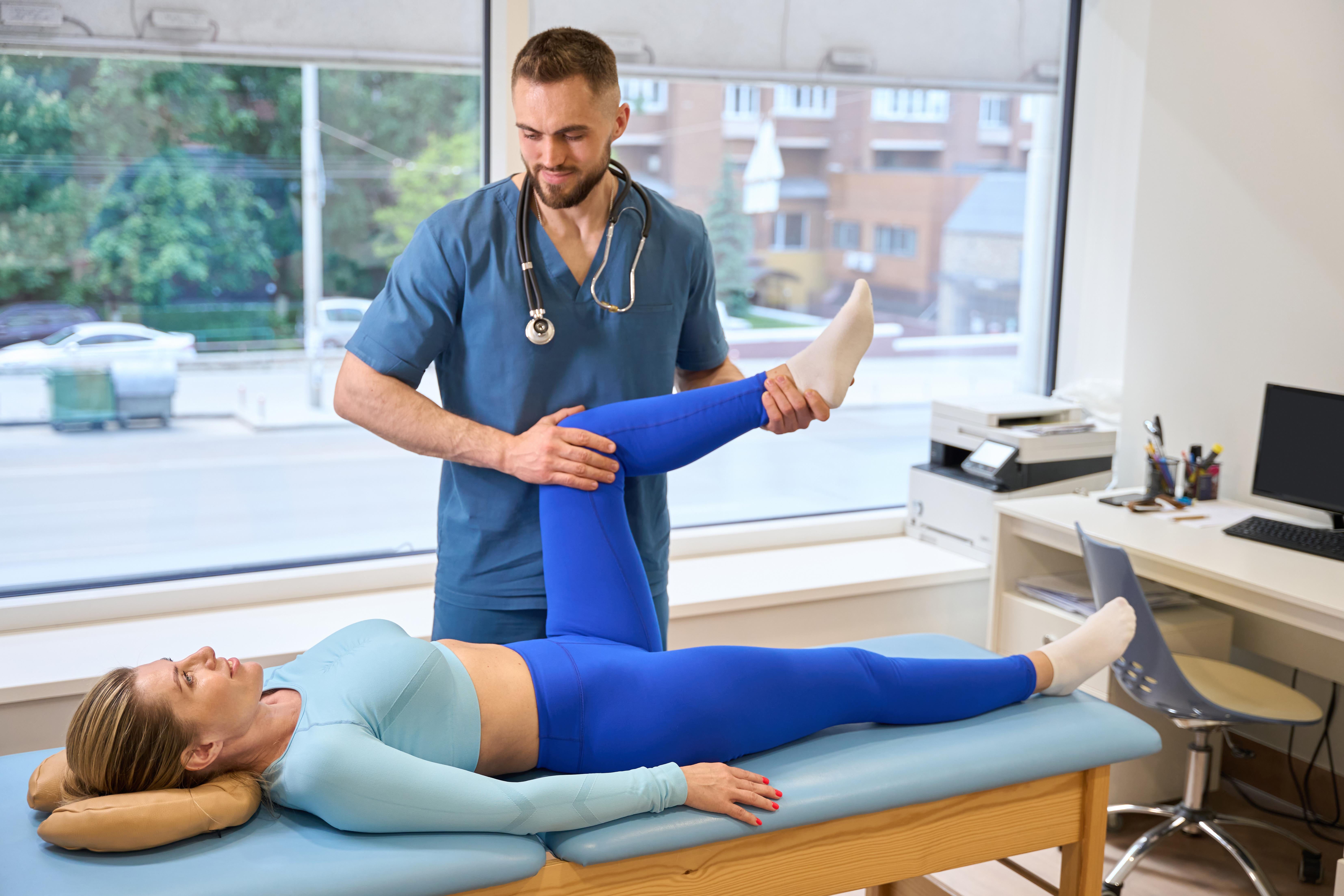
Patients can develop a dislocated kneecap due to a sudden change in direction while their leg is firmly planted. This frequently happens in contact sports, such as basketball. It can also occur after falls or other trauma. The patella is a triangular bone that protects the knee. In most kneecap dislocations, the patella slips toward the outer side of the leg. Patients may notice an obvious knee deformity. They will usually be unable to walk or straighten their leg and knee. The joint could swell too. Doctors will perform x-rays or magnetic resonance imaging scans of the patient's knee when diagnosing a dislocated kneecap. Patients who have a confirmed dislocation will need to have their kneecap manipulated back to its proper location. After this, their knee will be in a cast or another immobilizer for roughly three weeks. After that time, physical therapy will be needed to rebuild strength and function in the joint. Kneecap dislocations typically heal within six weeks.
2. Anterior Cruciate Ligament (ACL) Injury
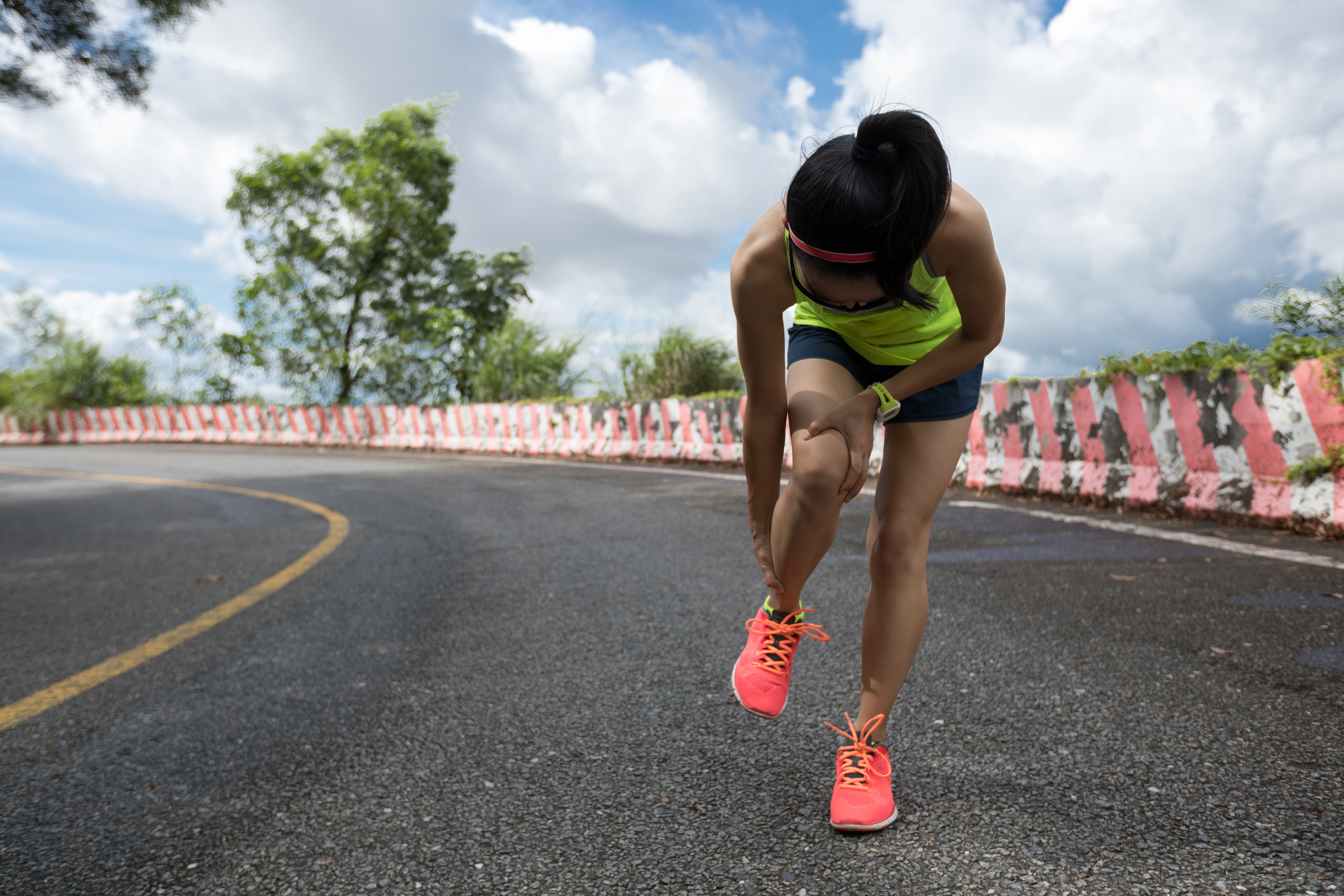
An anterior cruciate ligament (ACL) injury, as the name suggests, involves a partial or complete tear of the anterior cruciate ligament in the knee. Patients who play contact sports such as soccer, football, and basketball are at an especially high risk of this injury. The anterior cruciate ligament runs diagonally down the center of the knee. It is responsible for the rotational stability of the joint, and it also ensures that the tibia stays in place. Doctors use the term 'sprain' to describe an injured ligament. ACL sprains are divided into three categories according to severity. Most anterior cruciate ligament injuries are complete or nearly complete sprains. These are much more common than partial tears of the ligament. Patients who have had an anterior cruciate ligament injury may hear a popping noise at the time of the injury. They may also feel their knee give out from under them. There may also be discomfort while walking, and the knee generally swells within twenty-four hours of the injury. These injuries are typically treated with surgery using a tissue graft to reconstruct the ligament.
3. Torn Meniscus
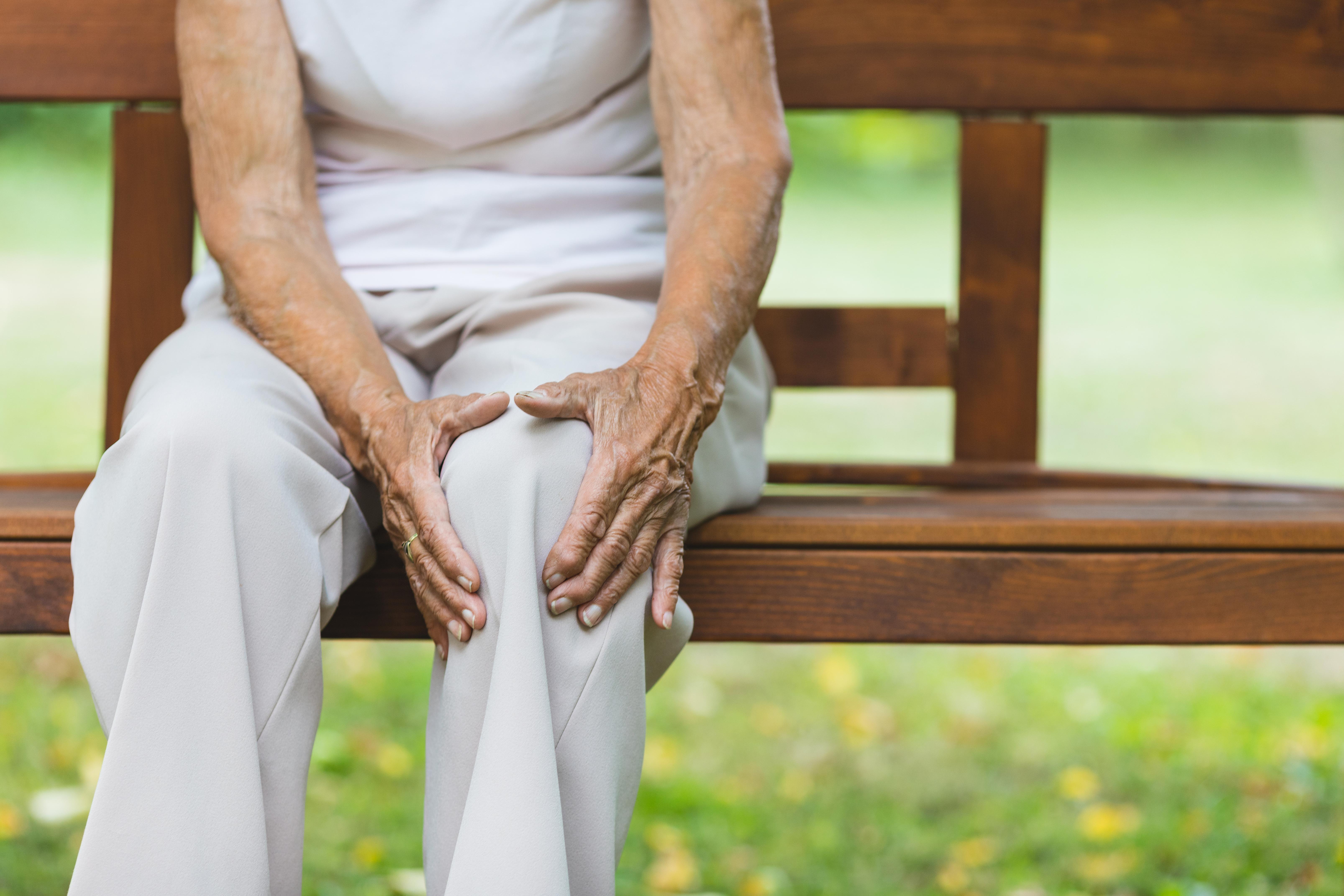
The meniscus is a thin piece of cartilage that provides cushioning between the shin and thigh bones. Each knee has two menisci, and these may tear due to the forceful rotation of the knee. Kneeling, squatting, or making sudden stops or turns can cause a torn meniscus. Patients with this injury may observe swelling and stiffness in the knee. It can be difficult for them to straighten their joint fully. The knee may feel locked into place. Doctors perform a physical examination to evaluate this injury. This exam includes watching the patient walk and squat. Magnetic resonance imaging will be needed, and in some cases, an arthroscopy could be recommended. If a torn meniscus is confirmed, doctors usually start treatment with rest, ice, physical therapy, and pain relievers. Patients who continue to have severe pain or a locked knee after these conservative treatments will be considered for surgery. Children and young adults may be able to have a torn meniscus surgically repaired. If this is not an option for the patient, the surgeon will trim the meniscus instead.
4. Tendinitis

Tendinitis of the knee is normally caused by a knee injury or inflammation in the area. The patellar tendon, a band of tissue that connects the patella and tibia, is an especially common site for tendinitis. Patients with this condition may have pain at the base of the kneecap, which can progress to a burning sensation. Pain may increase while kneeling or squatting, and mild swelling can develop as well. When tendinitis first begins, patients will typically notice intermittent pain after exercise. As the condition advances, pain becomes more constant, and it could disrupt sleep and sports performance. Daily activities, such as using stairs or riding in a car, could become very painful. Tendinitis is generally treated with physical therapy, rest, ice, anti-inflammatory medication, and activity modification. Some patients may recover in a few weeks, although others can experience symptoms for several months.
5. Sprained Ligaments
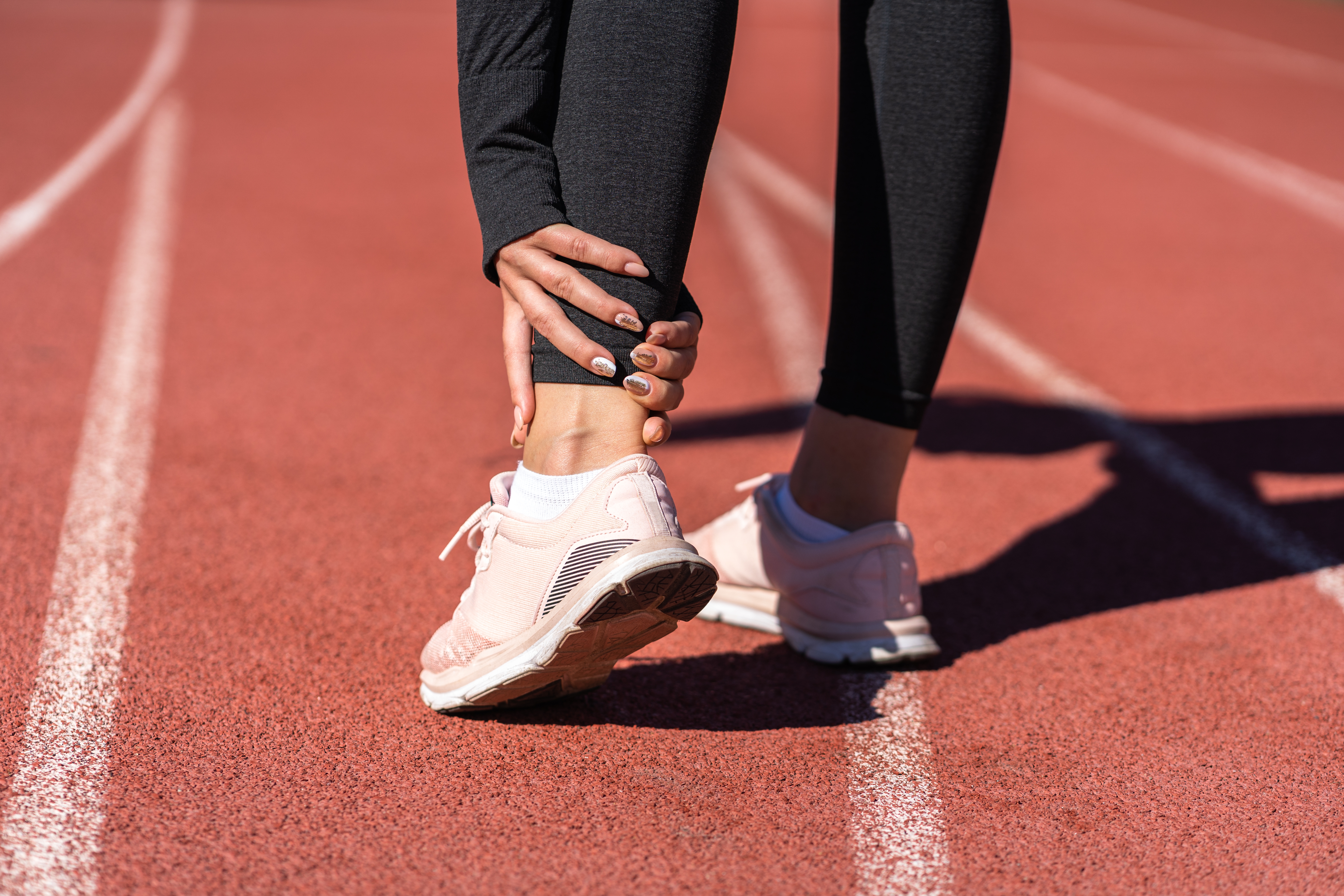
Ligaments connect two bones together. Sprained ligaments may develop after an injury or accident. The knee is supported by four main ligaments: the anterior cruciate ligament, posterior cruciate ligament, medial collateral ligament, and lateral collateral ligament. In addition to these ligaments, many smaller ligaments are also routinely injured. Individuals with sprained ligaments often experience swelling, pain, stiffness, and instability or buckling of the knee. Sports injuries, falls, and car accidents are common causes of this type of injury. If imaging studies confirm the presence of one or more sprained ligaments, treatment will be tailored to the specific ligament that is injured. Some types of ligament sprains respond well to bracing, physical therapy, and other conservative treatments. More serious sprains may need surgery.
6. Knee Bursitis
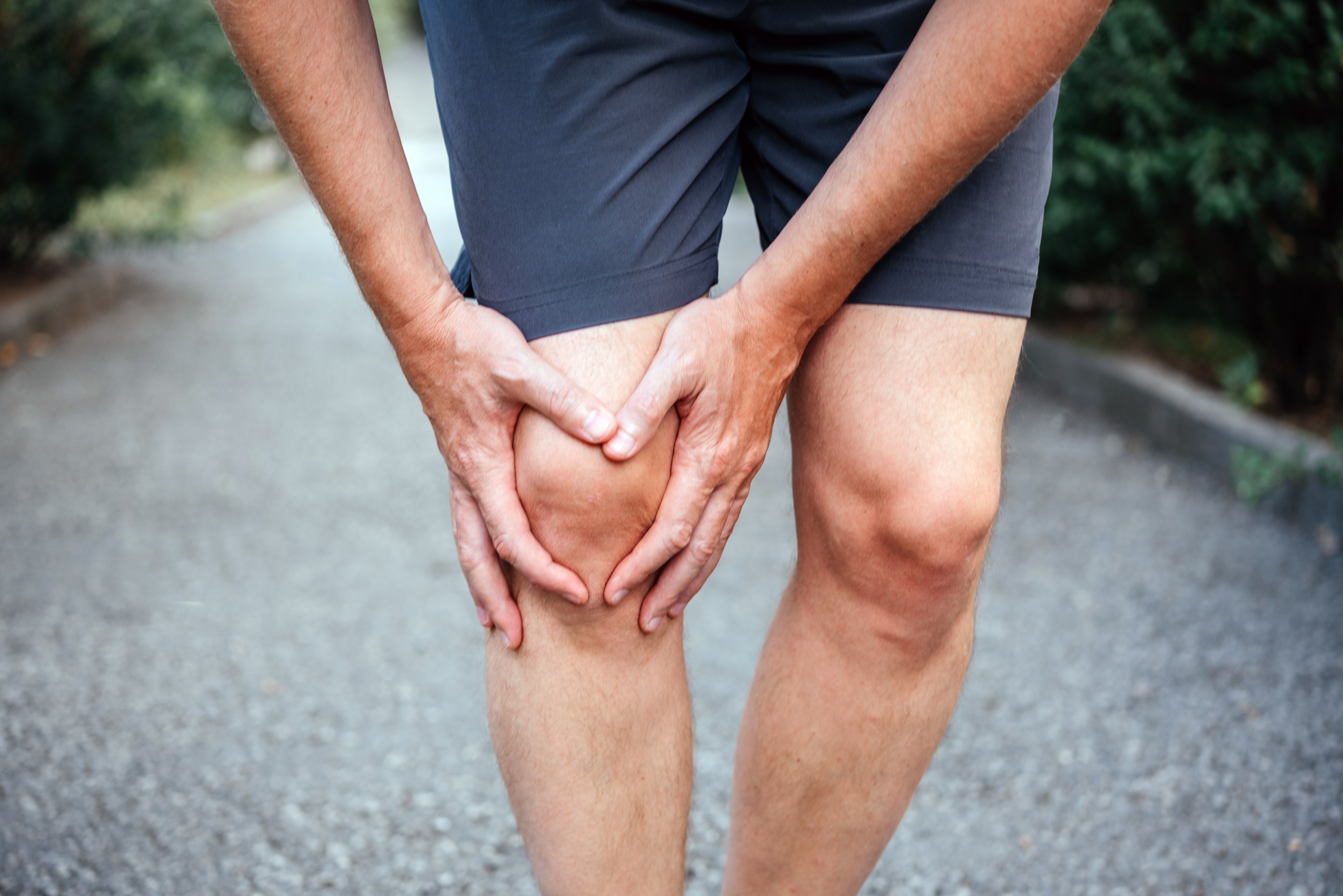
Another significant cause of pain in the knees is a condition called knee bursitis. This condition involves the inflammation of the bursae, which are fluid-filled sacs located near the knees. Their function is to reduce the friction between the bones and the muscles, tendons, and skin around the joints. They cushion the pressure points. In most cases, knee bursitis occurs on the inner part of the knee below the joint, or over the kneecap. Knee bursitis can cause a few different symptoms. Aside from knee pain, patients often experience warmth, tenderness, and swelling around their knee. The symptoms, including pain, can worsen due to pressure. Unfortunately, knee bursitis can limit a patient’s mobility. Causes of this condition include overuse, trauma to the knee, frequent kneeling, a bacterial infection of the bursae, as well as a complication of arthritis. In many cases, this condition heals over time, and patients only require symptom relief, such as cool compresses and over-the-counter pain medication. However, other treatments include antibiotics, corticosteroid injections, and surgery for severe cases.
7. Iliotibial Band Syndrome
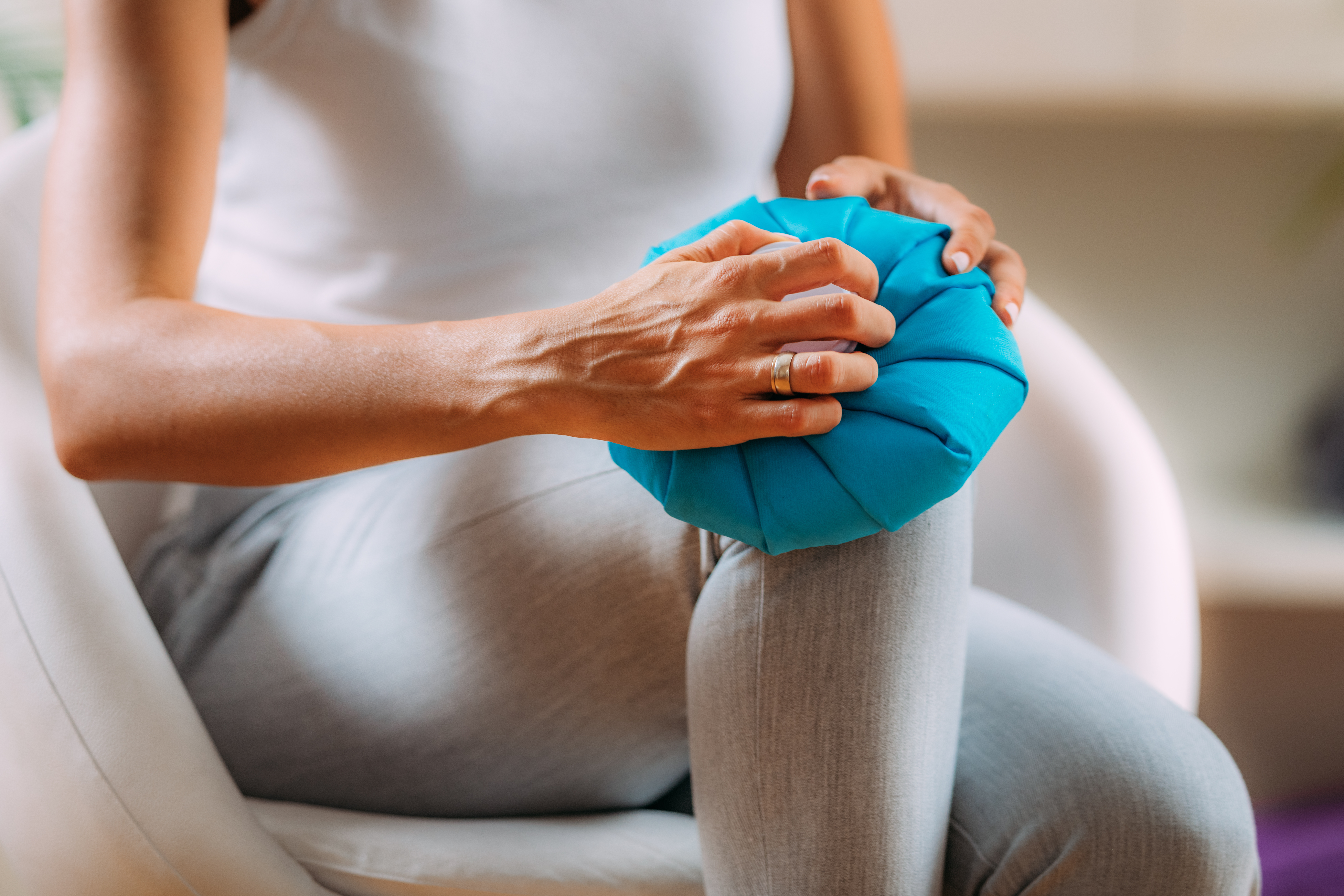
Iliotibial band syndrome is a condition in which the iliotibial band, the connective tissue that runs from an individual’s hip to their shinbone, becomes damaged over time. It is considered an overuse injury. Unfortunately, it can be quite painful and irritating, since the iliotibial band is a vital part of stabilizing the knee as individuals extend and flex the joint. Aside from knee pain, symptoms of this syndrome include tenderness, aching, and burning around the knee. Patients often experience a clicking or popping sensation as well. Warmth and redness around the knee are common as well. Treatment for iliotibial band syndrome includes rest, cool compresses, as well as pain medication. Physical therapy is also helpful in relieving pain and regaining full mobility. Severe cases may require cortisone injections.
8. Hip Or Foot Pain
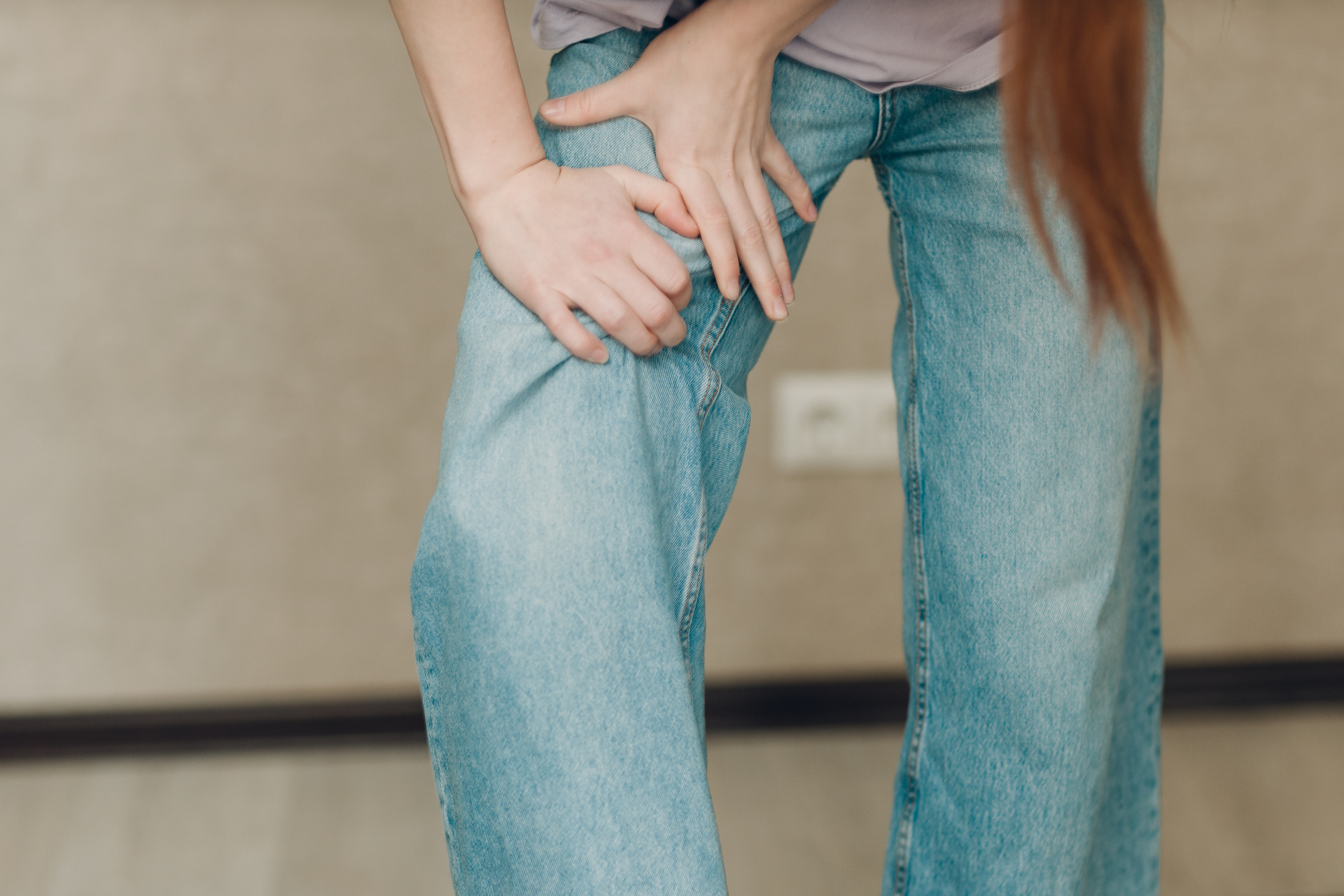
Many individuals will deal with hip or foot pain. Causes of hip and foot pain include arthritis, sprains, bursitis, bunions, or trauma. Unfortunately, both hip and foot pain can result in knee pain over time. The reason is that many individuals dealing with these types of pain will adjust how they walk. This is typically done in an effort to reduce their hip or foot pain. However, the new way of walking can put additional stress on the individual’s knees. If the individual continues to walk in this new way, the additional stress on their knees can eventually result in knee pain. Cool compresses and pain medication can relieve this pain temporarily, but the best treatment is treating the cause of the patient’s hip or foot pain, since this should allow them to walk normally again.
9. Osteoarthritis
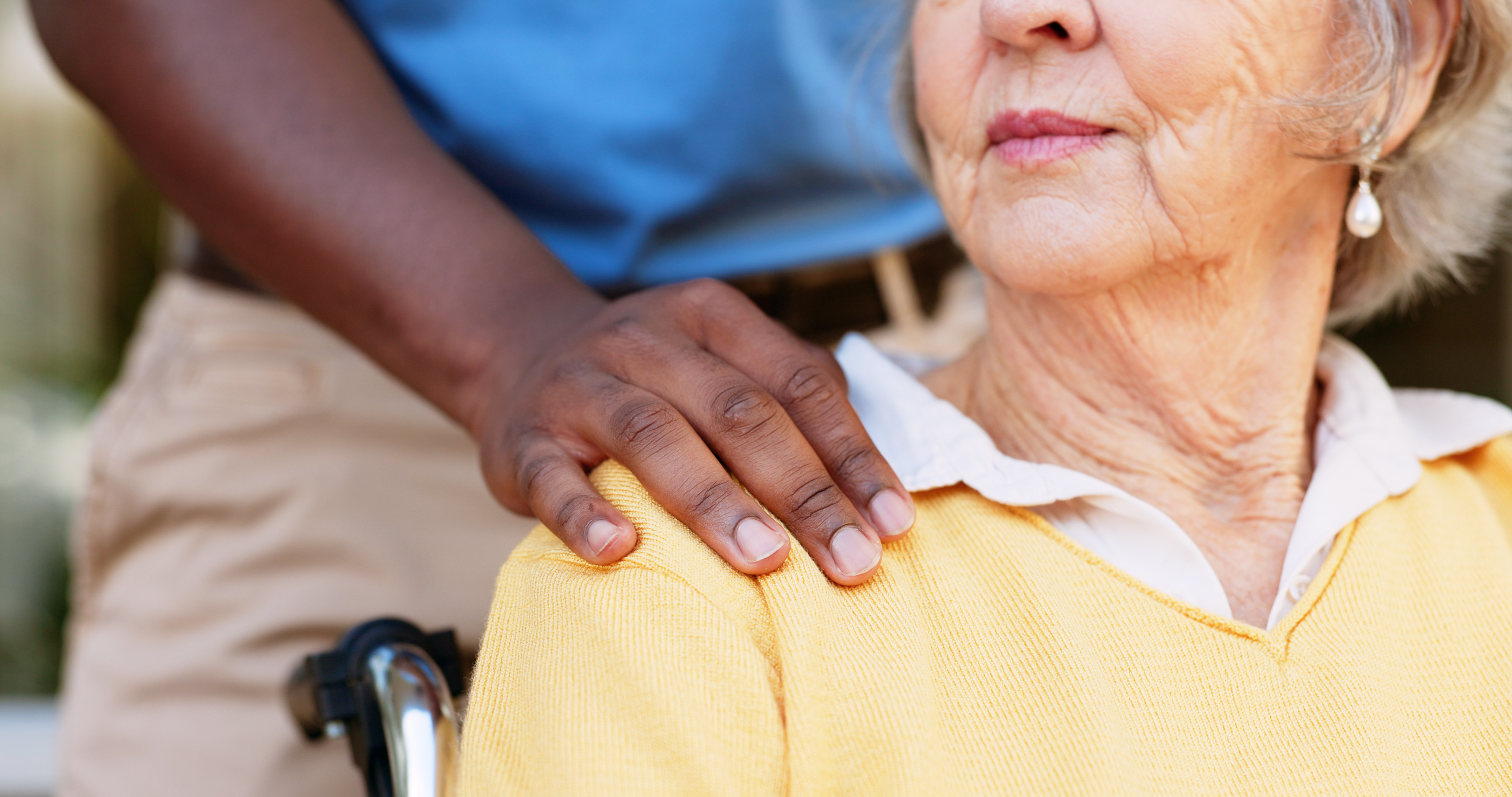
Osteoarthritis, the most common form of arthritis, is the result of joint damage. Joint damage accumulates, which is why age is a significant risk factor for osteoarthritis. Individuals can develop joint damage due to ligament injuries, torn cartilage, obesity, repetitive stress on the joint, and bone deformities. Osteoarthritis can occur in many joints, though it is most common in the hands, hips, and knees. It is when it occurs in the knees that it can cause knee pain. Symptoms of osteoarthritis, aside from joint pain, include joint stiffness, bone spurs, joint swelling, grating sensation, clicking sensation, joint tenderness, and a loss of flexibility in the affected joint. Unfortunately, there is no cure for osteoarthritis. However, there are effective treatments that reduce pain and make other symptoms more manageable. These treatments include anti-inflammatories, pain medication, cortisone injections, physical therapy, joint replacement, and joint realignment surgery.
10. Osgood-Schlatter Disease

Osgood-Schlatter disease is a major condition that involves inflammation of the patellar tendon, which is what attaches the kneecap to the shinbone. This disease is a common trigger for knee pain in adolescents. In most cases, Osgood-Schlatter disease occurs when children and adolescents are going through growth spurts, often during puberty. This is a time when their tendons, muscles, and other body parts are rapidly changing, putting more stress on their body, including their knees and surrounding area. Physical activities and sports put adolescents at a particularly high risk of this condition. This is because running, jumping, and bending cause the quadriceps to pull on the patellar tendons. The repetitive stress causes this tendon to pull on the growth plate around the shinbone. Over time, this triggers pain and swelling in and around the knees. Thankfully, Osgood-Schlatter disease often heals over time, typically when an adolescent stops growing. However, treatment options are available when needed. They include pain medication, such as ibuprofen, cold compresses, rest, physical therapy, and surgery.
11. Rheumatoid Arthritis
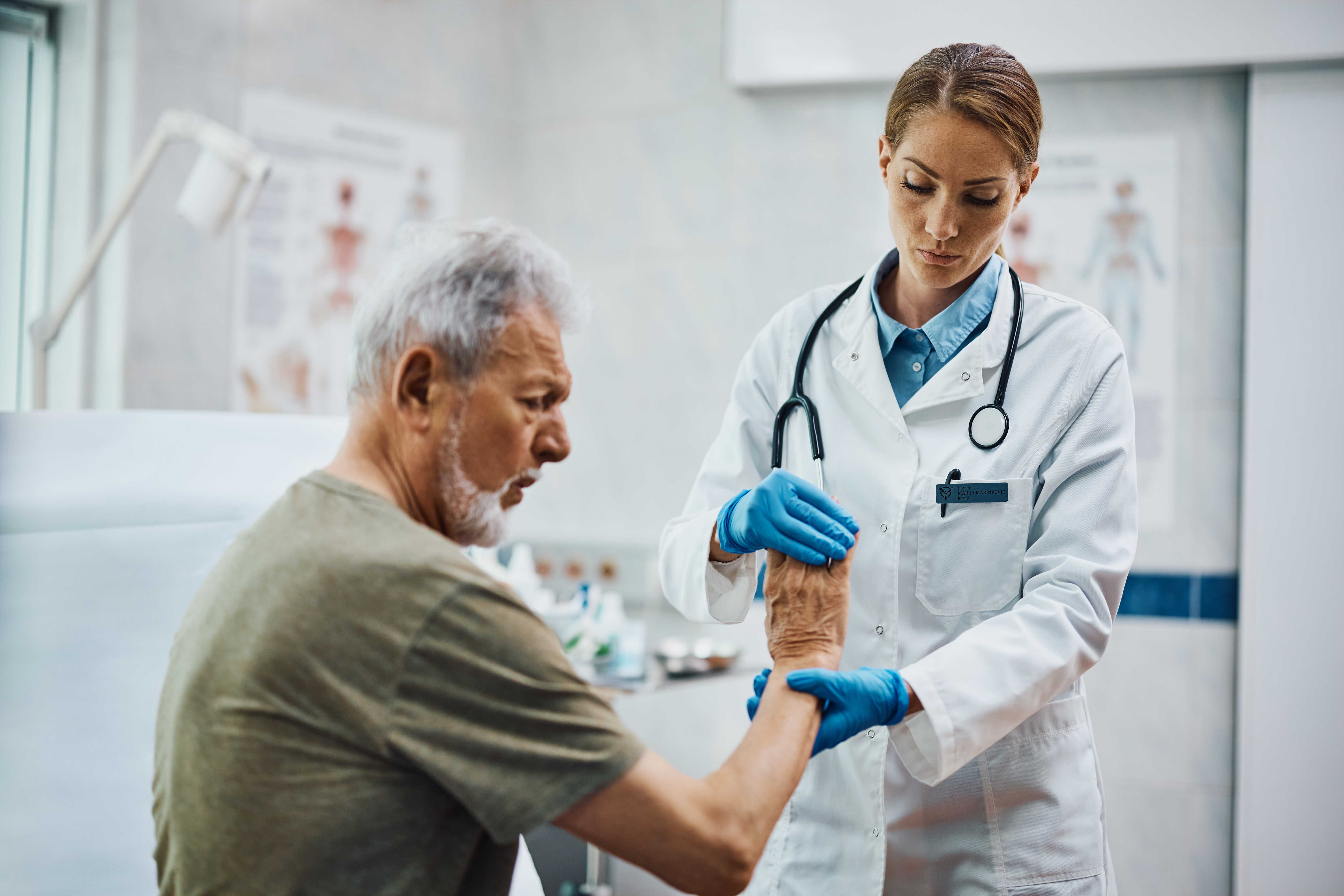
Rheumatoid arthritis (RA) is an autoimmune disease that affects the joints, including the knees. The immune system mistakenly attacks the joint lining, causing inflammation, pain, and swelling. Over time, RA can lead to joint damage and deformity. Unlike osteoarthritis, which develops from wear and tear, RA often affects both knees symmetrically. Common symptoms include stiffness, especially in the morning, redness, and warmth around the joint. Flares of RA can worsen pain and reduce mobility. Treatment typically involves disease-modifying antirheumatic drugs (DMARDs) and biologics to slow disease progression, along with anti-inflammatories, physical therapy, and lifestyle modifications.
12. Gout
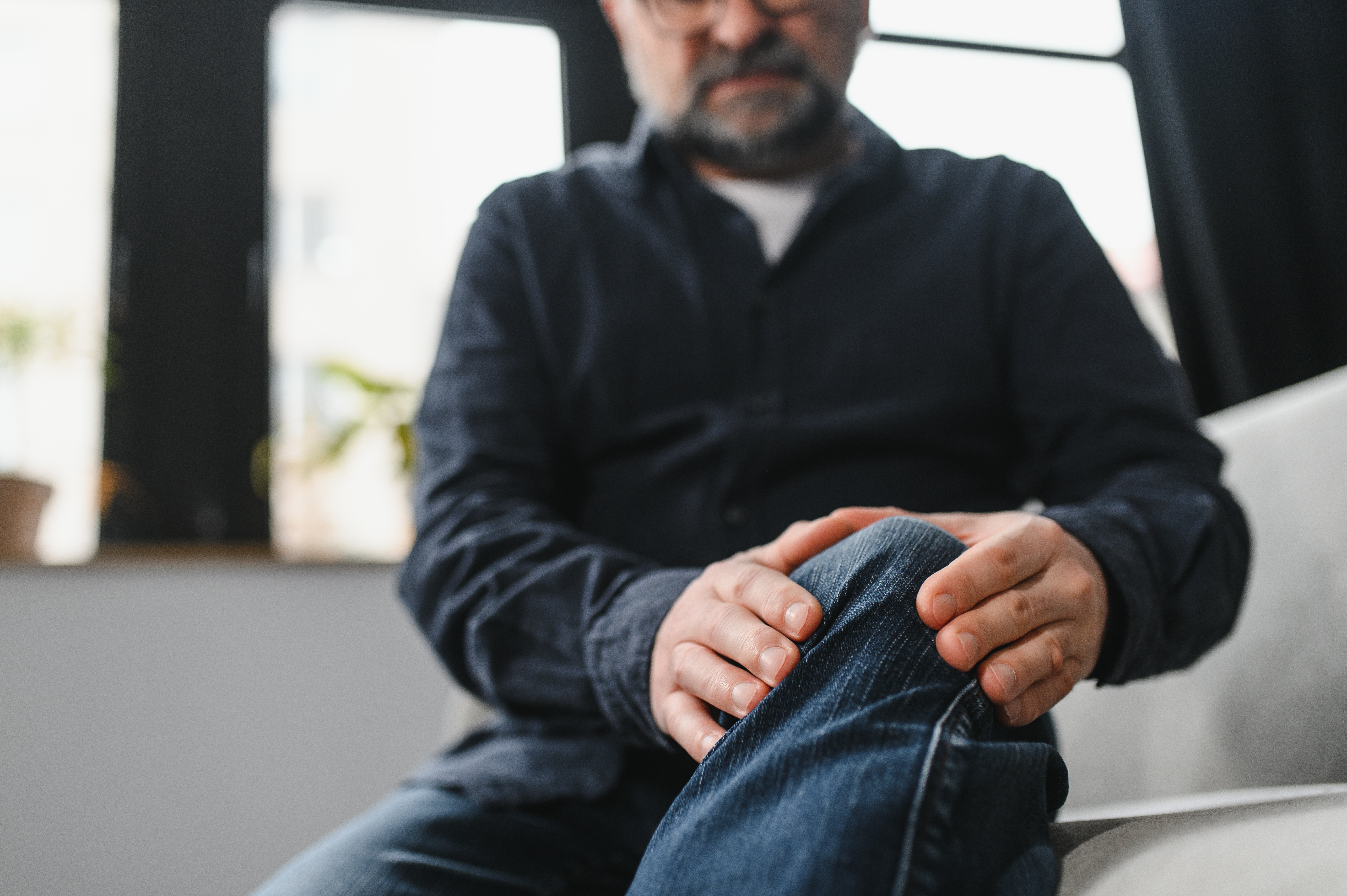
Gout is a form of inflammatory arthritis caused by the buildup of uric acid crystals in the joints. Although it most commonly affects the big toe, gout can also cause intense knee pain. A gout attack in the knee can lead to sudden, severe pain, swelling, redness, and warmth. Triggers include consuming high-purine foods (like red meat and shellfish), alcohol, and dehydration. Treatment focuses on reducing inflammation with medications such as colchicine, corticosteroids, and nonsteroidal anti-inflammatory drugs (NSAIDs). Long-term management includes dietary changes and medications to lower uric acid levels.
13. Baker’s Cyst
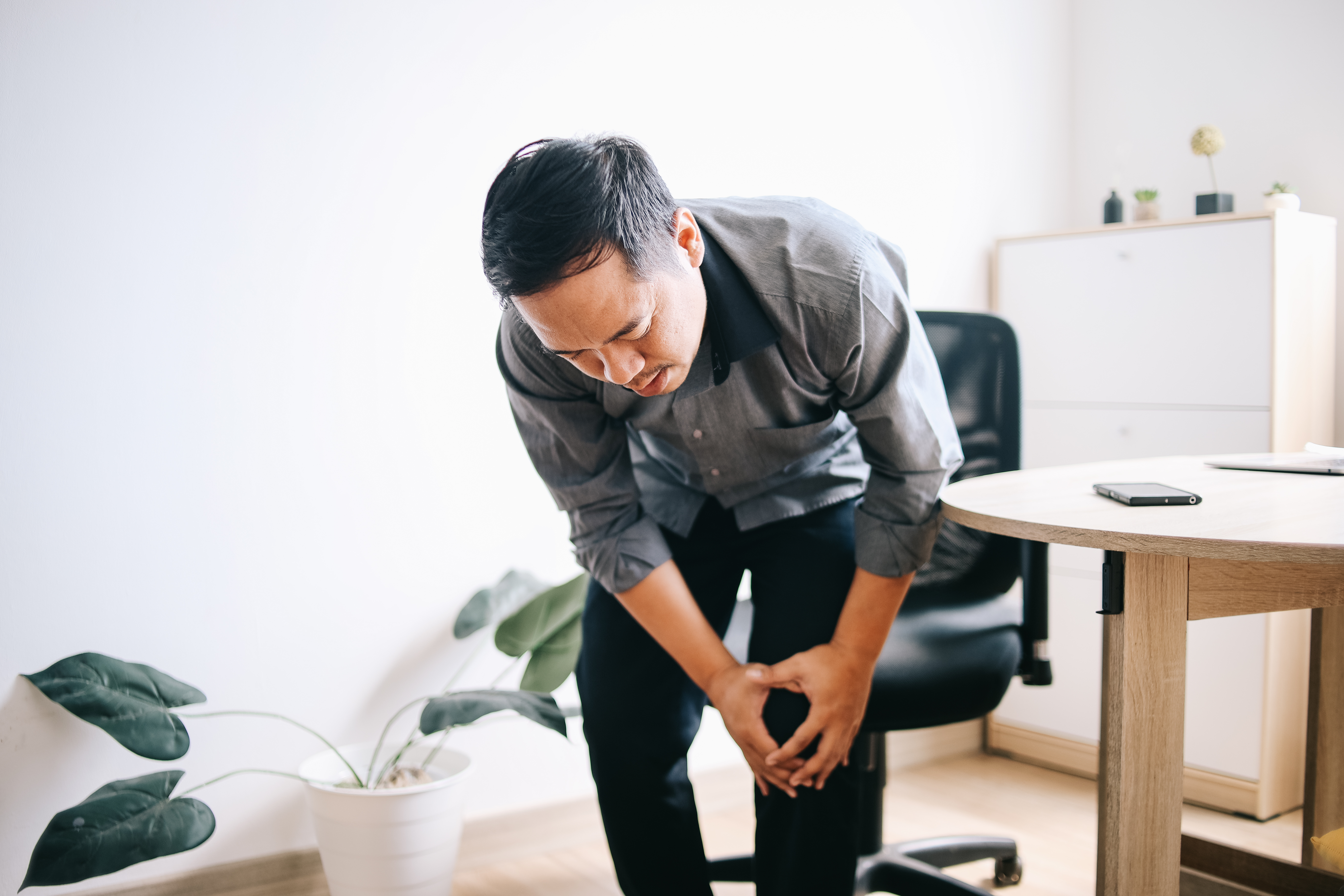
A Baker’s cyst, also known as a popliteal cyst, is a fluid-filled sac that forms at the back of the knee. It often develops due to excess joint fluid from arthritis or a knee injury. Symptoms include swelling behind the knee, stiffness, and discomfort when fully bending or straightening the leg. In some cases, a Baker’s cyst can rupture, causing sharp pain and bruising in the calf. While small cysts may resolve on their own, larger ones may require drainage, corticosteroid injections, or treatment of the underlying condition contributing to fluid buildup.
14. Patellofemoral Pain Syndrome (Runner’s Knee)
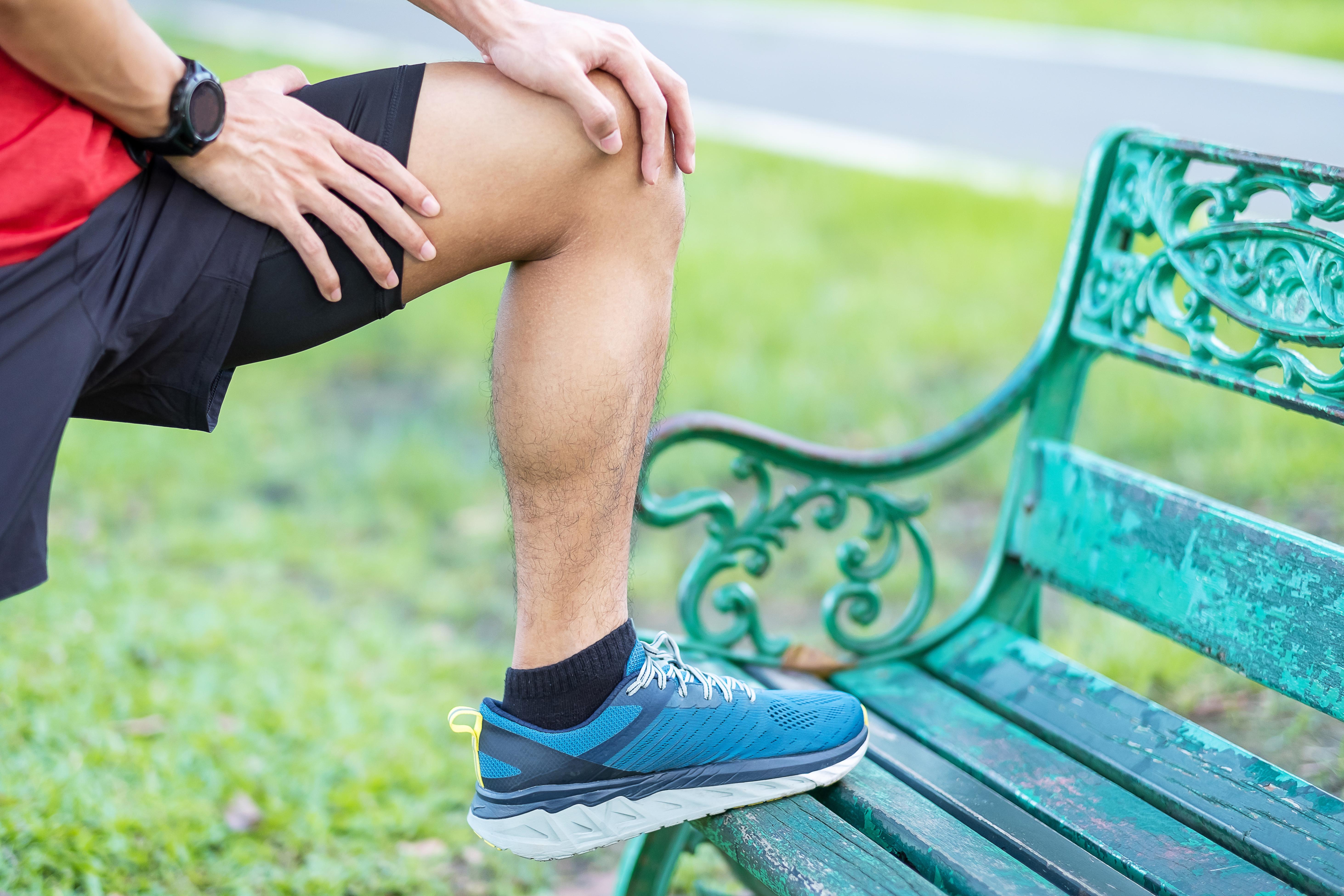
Patellofemoral pain syndrome, commonly called runner’s knee, is a frequent cause of knee pain, especially in athletes and active individuals. It results from irritation of the cartilage under the kneecap due to overuse, improper kneecap alignment, or muscle imbalances. Symptoms include dull, aching pain around the kneecap, particularly when climbing stairs, squatting, or sitting for long periods. Treatment typically includes physical therapy, strengthening exercises, rest, and proper footwear. Orthotic inserts or taping may help correct misalignment and prevent further pain.
15. Chondromalacia Patella
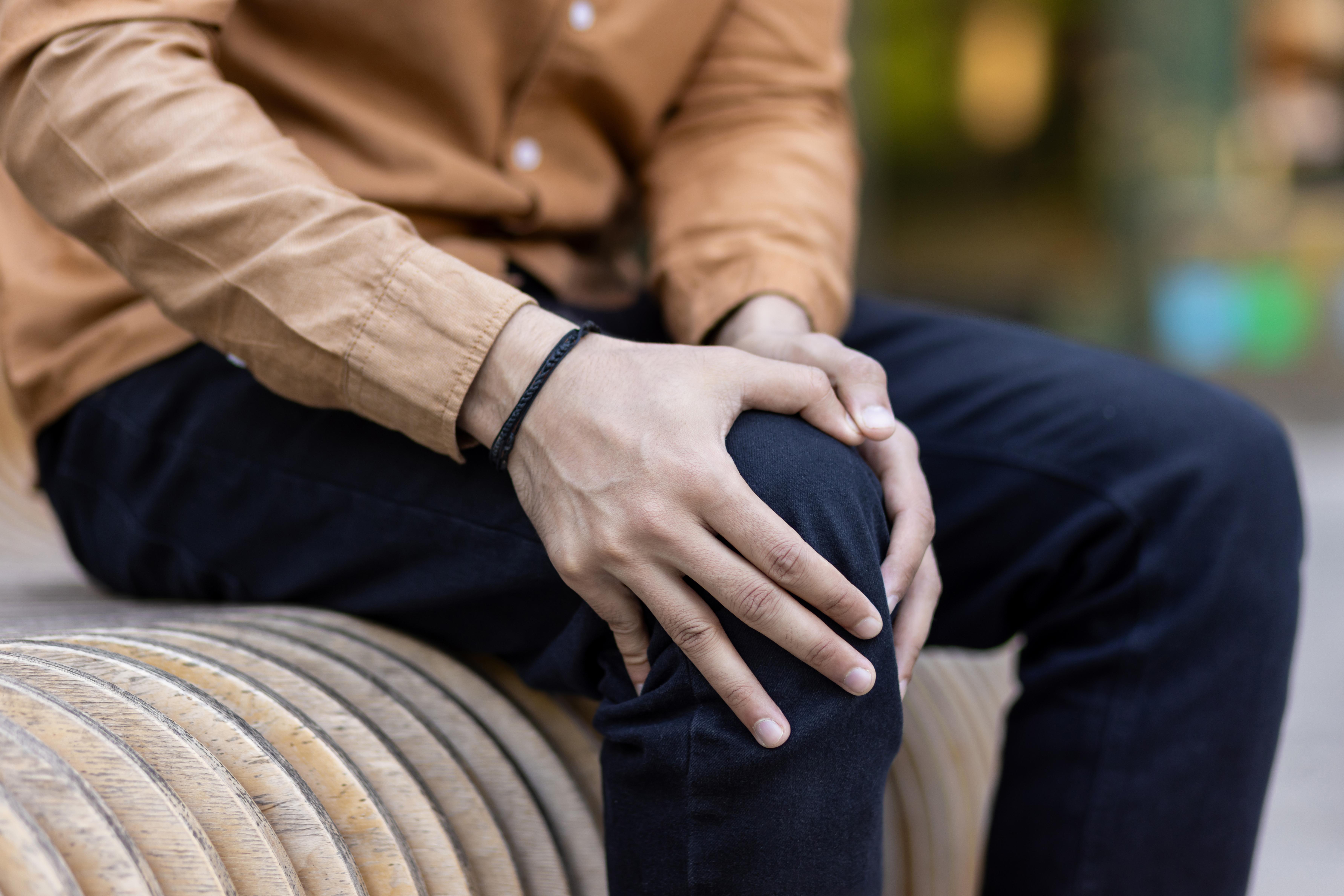
Chondromalacia patella occurs when the cartilage under the kneecap softens and deteriorates, leading to pain and inflammation. This condition is common among young athletes, older adults with arthritis, and individuals with misaligned kneecaps. Symptoms include knee pain that worsens with activity, stiffness, and a grinding sensation when moving the joint. Treatment involves rest, physical therapy, anti-inflammatory medications, and exercises to strengthen the surrounding muscles and improve patellar alignment. Severe cases may require surgical intervention.
16. Fractures
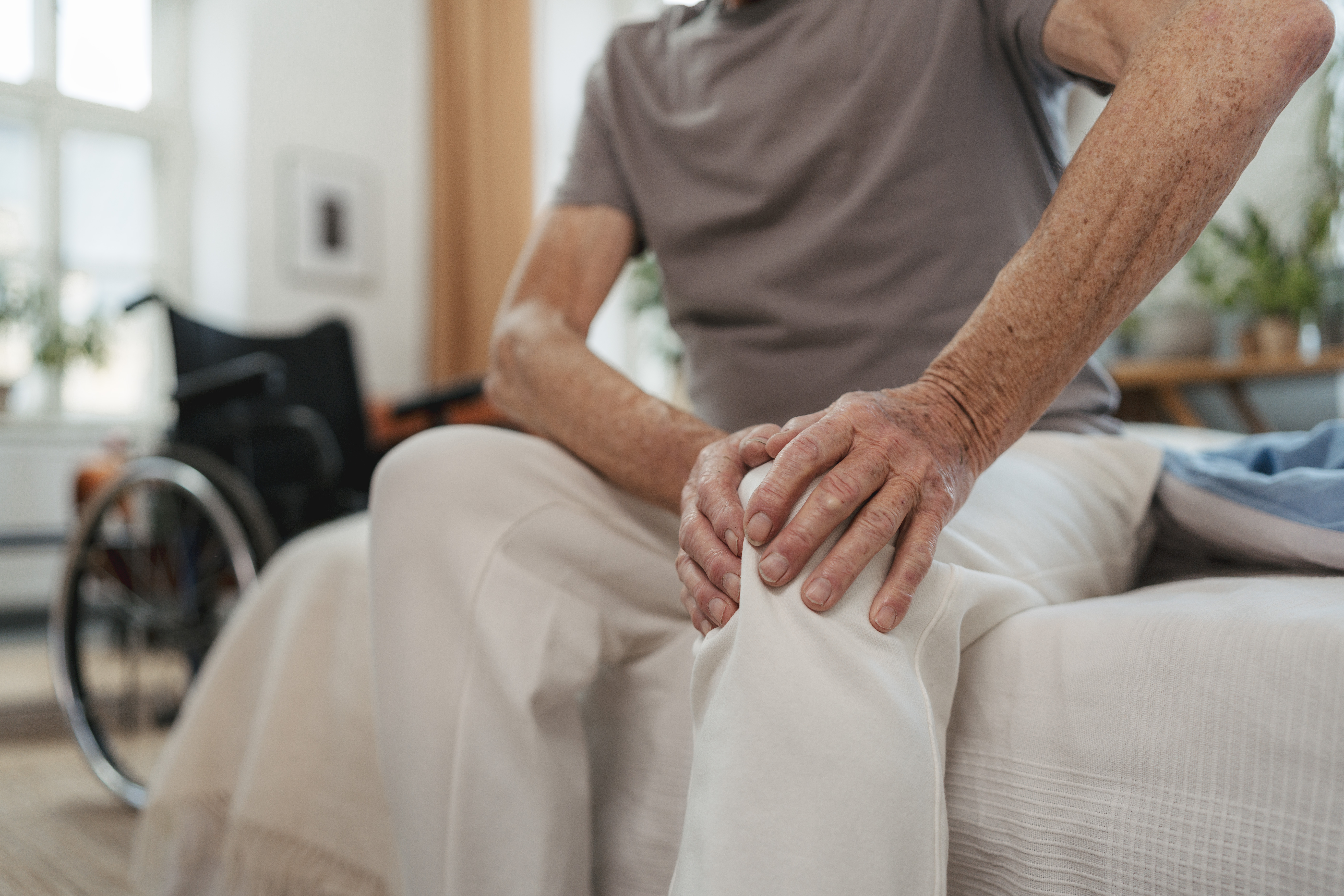
Fractures in the knee can occur from direct trauma, falls, or high-impact injuries. The patella (kneecap), tibia, or femur may fracture, causing severe pain, swelling, bruising, and difficulty moving the leg. A knee fracture requires immediate medical attention, and treatment depends on the severity of the break. Non-displaced fractures may heal with immobilization in a brace or cast, while more complex fractures often require surgical repair with plates, screws, or rods. Physical therapy is crucial in regaining mobility after healing.
17. Septic Arthritis
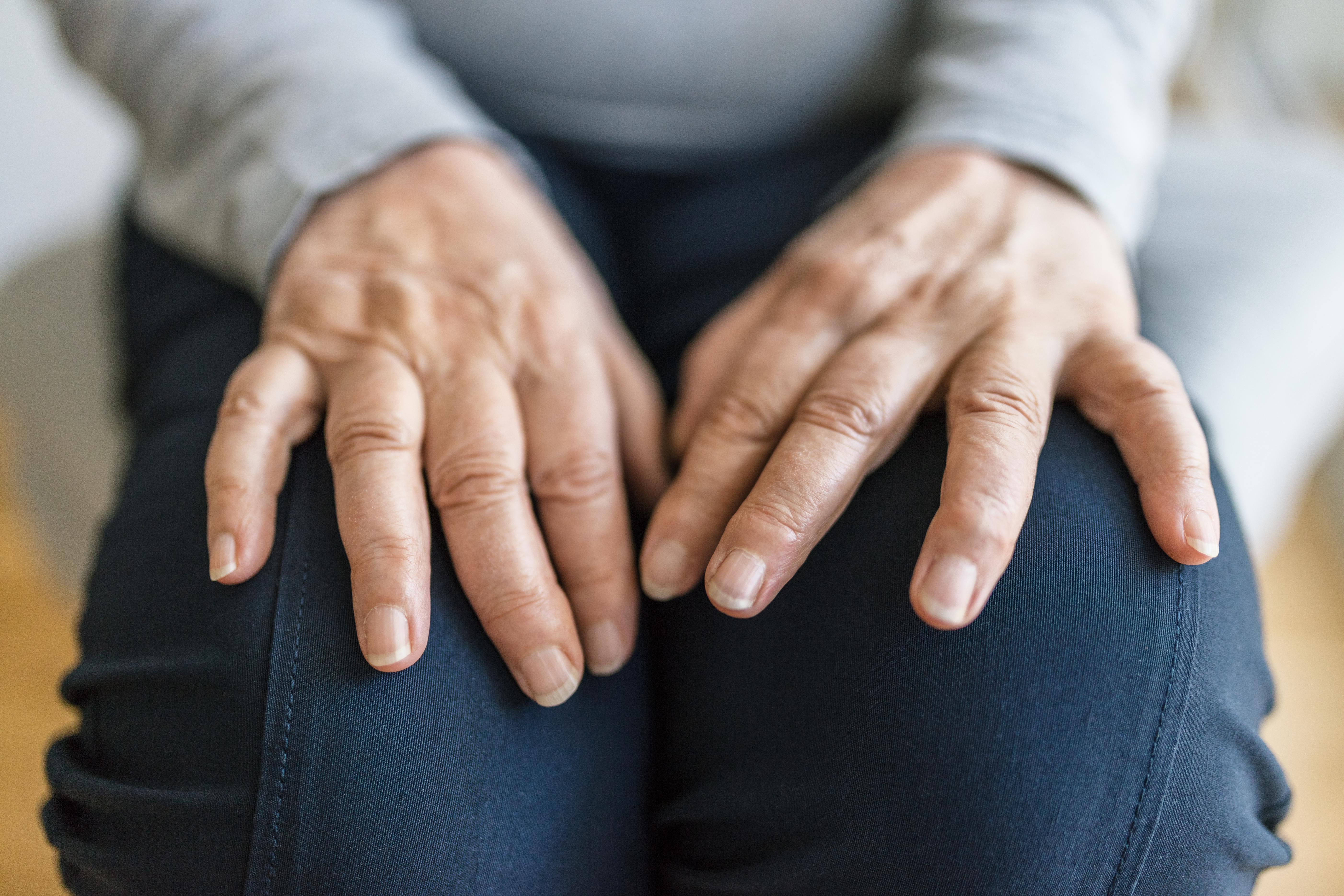
Septic arthritis is a bacterial or fungal infection that affects the knee joint, causing severe pain, swelling, warmth, and redness. This condition requires urgent medical attention, as it can rapidly destroy joint tissue if left untreated. Common causes include infections spreading from other parts of the body or direct contamination from a knee injury or surgery. Doctors diagnose septic arthritis through blood tests and joint fluid analysis. Treatment involves hospitalization, intravenous antibiotics, and sometimes joint drainage to remove infected fluid.
18. Peripheral Artery Disease (PAD)
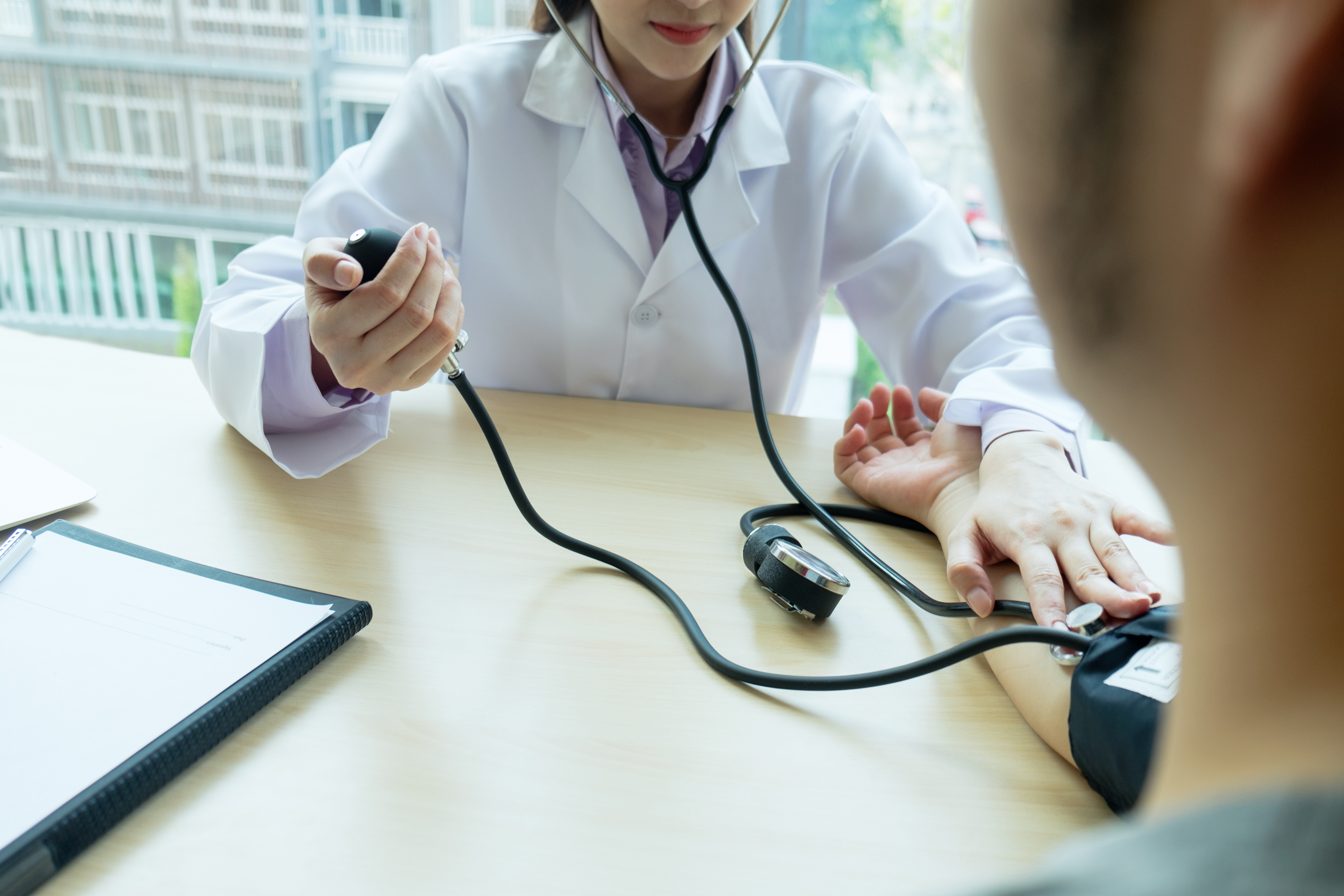
Peripheral artery disease occurs when narrowed arteries reduce blood flow to the legs, leading to knee pain, cramping, and weakness—especially during physical activity. PAD is commonly caused by atherosclerosis, where fatty deposits build up in the arteries. Other risk factors include smoking, diabetes, high blood pressure, and high cholesterol. Symptoms often improve with rest but can progress to persistent pain if circulation worsens. Treatment includes lifestyle modifications, medications to improve blood flow, and, in severe cases, angioplasty or surgery to restore circulation.
Understanding and Treating Knee Pain
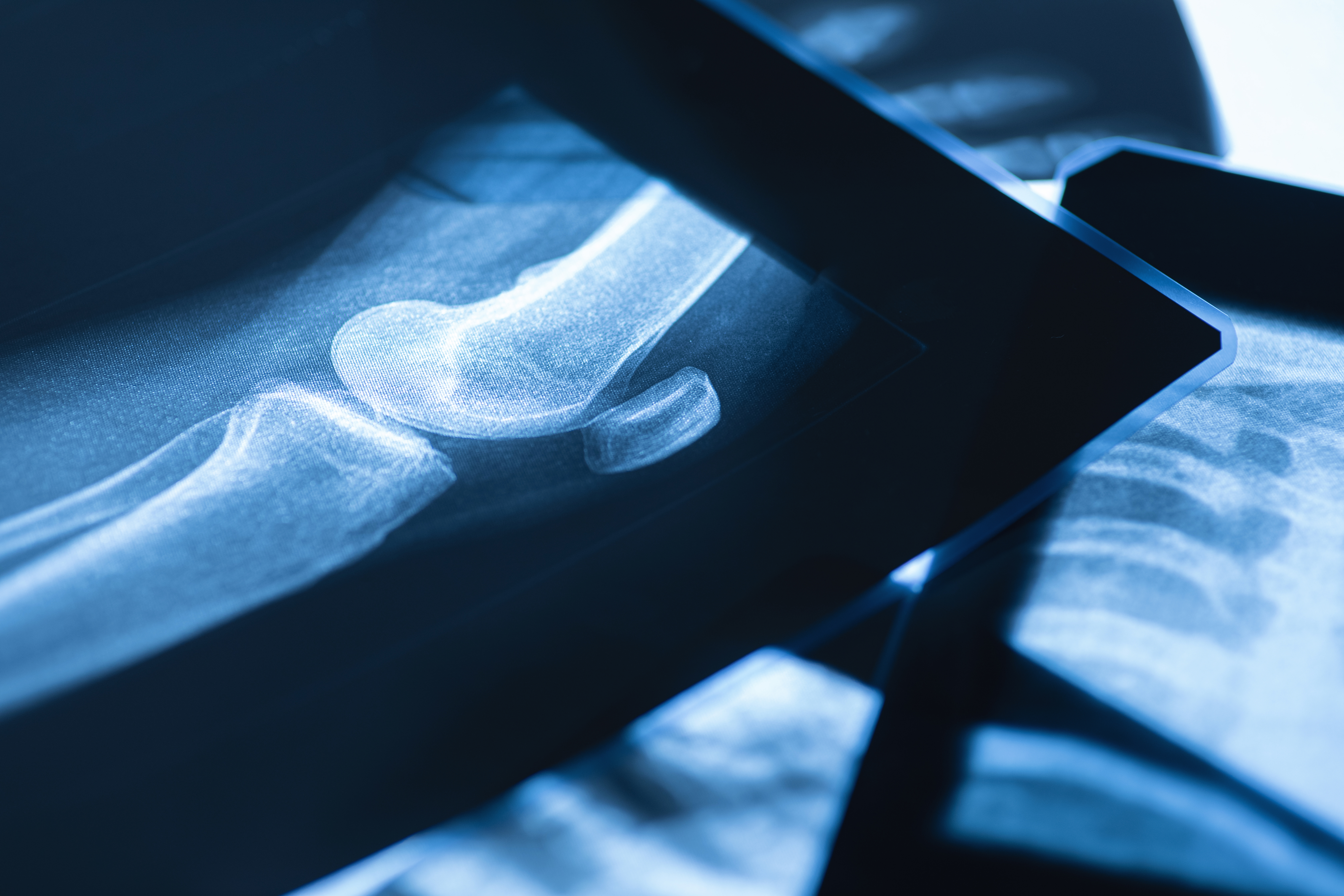
Knee pain can stem from various conditions, ranging from minor injuries to chronic diseases. While some causes, like tendinitis or minor sprains, resolve with rest and home care, others, such as rheumatoid arthritis, fractures, or septic arthritis, require immediate medical attention. Identifying the underlying cause is crucial to finding the right treatment and preventing further damage. Fortunately, many treatment options are available, including medications, physical therapy, lifestyle changes, and, in severe cases, surgery. Whether your knee pain is due to an injury, overuse, or a medical condition, early intervention can significantly improve mobility and quality of life. If knee pain persists or worsens, consulting a healthcare professional ensures timely diagnosis and proper management. By understanding the potential causes and available treatments, individuals can take proactive steps toward long-term knee health and pain relief.